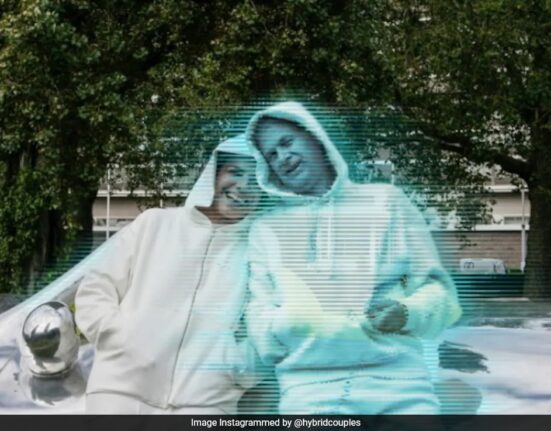Connecting with friends and family has never been easier than in the modern world, thanks mainly to social media. Within a few clicks, users can update their friends, family, and followers on what is happening in their lives – often by including photos or videos of themselves and a post. Over time, many social media accounts have become an avenue of connection and a collection of pictures and videos featuring the user participating in events, being with family, and engaging in other aspects of their lives. While these collections are great ways to travel down memory lane and share key moments of an individual’s life year after year, reports to BBB Scam Tracker detail how bad actors are using some people’s photos in various schemes.
Gaining access to sensitive accounts.
Using biometric data (fingerprints, retina scans, facial ID, etc.) is a popular way to provide even greater security to some of your most sensitive accounts. Unfortunately, some con artists have found a way to bypass some of these systems by using high-resolution photos as facial ID scans. Using sophisticated programs, often assisted by AI technology, they can create convincing clips using someone’s stolen likeness or post a high-resolution photo of someone’s face over a dummy. Once they can access the account, they may take out loans under the victim’s name, mine for personal data, or demand payment from the owner to regain control.
Creating fabricated emergencies or situations.
Scammers will use a person’s likeness to create fabricated emergencies while asking for people to help by framing the situation as a concerned resident. The way this situation plays out goes along these lines:
1.) A scammer contacts a target on social media and arranges either a video call or simply sends a friend request so they can access the victim’s personal photo or video library.
2.) The scammer takes the target’s likeness using either a video recording program or downloading the pictures or videos that work best with their scheme.
3.) Using photo-editing software, the scammer places the target’s face in a compromising situation and may attempt to extort them. They may also share the photo among other community groups, claiming the person pictured committed a crime against them. Often, they will include a story designed to entice an emotional reaction without expressly asking for help in the post itself. However, they will individually message each person who leaves a comment or shares the post to ask for help – which often takes the form of a monetary donation.
a. Some standard versions of this scam BBB sees include claims of auto theft, missing children, rewarding good Samaritan acts, homelessness, and medical emergencies.
b. Sometimes, the scammer does not alter the original photo but creates a compelling, out-of-context scenario and uses the photo as proof of the situation. For example, a photo of a person in a hospital bed, a car wreck, a crying child, or simply attending an event can be used by a scammer to create a new scenario.
4.) An essential element for this scam to work is for the picture to show someone who is not easily recognizable, such as a celebrity or other public figure, and to share it among community groups that the victim is not likely a member of. For example, a picture stolen from someone who lives in Texas would be shared in a local group for New York residents.
Innovations in AI-assisted photo and video-editing software have increased the potential for a stolen likeness to be used convincingly in various scams. It is vital for people who have encountered this to keep a close eye on their credit report, change passwords to all their online accounts, and implement other security measures than facial ID on any account that has it established.
Using likeness in an emergency scam
An emergency scam, or a grandparent scam, is when a con artist contacts the family members of the person they are impersonating with claims that they need immediate monetary assistance. They may claim it is due to an arrest, a hospital bill, a car wreck, or some other sudden expense that most people would classify as an emergency. Using downloaded pictures or videos, the scammer creates compelling photos they use to prove the situation, such as a mugshot. Additionally, voice cloning technologies can closely mimic the family member’s voice, making it even more challenging to identify this issue as a scam and not an actual emergency.
How to avoid your use of likeness being used by bad actors:
Vet and verify your social media contacts. Be wary of who you are friends with on social media, and be mindful of the photos or videos you share. Take a minute to think about how the image could be misinterpreted if taken out of context from your post. Keep in mind that when a social media friend’s account becomes compromised, it also places your information and photos at risk.
Understand who you are video-calling or interacting with. Be cautious when talking with someone you just met online who is aggressively trying to establish a video or voice call with you. Spend time asking them questions and double-checking inconsistencies or red flags, such as hesitating to provide details about themselves or being overly flirtatious on the first meeting.
Establish notification settings on sensitive accounts. Many online accounts allow you to set up an automatic notification anytime it is accessed, either through a push button on your mobile device or through an email. Enabling this option will give you time to close off an account if someone unexpectedly accesses it by bypassing facial ID security measures using a stolen likeness.
For more information about how to avoid social media scams, visit BBB.org/SocialScams.







